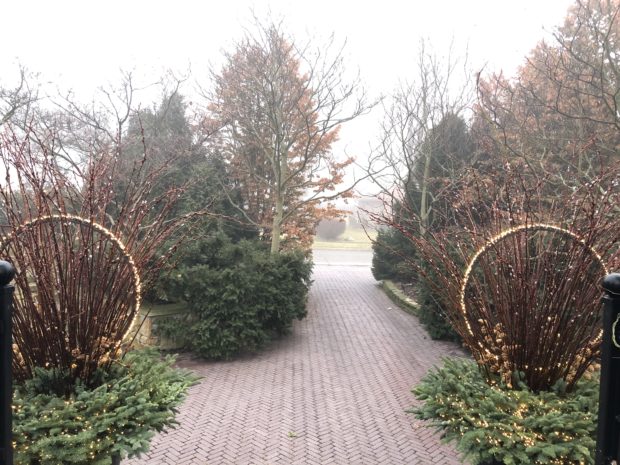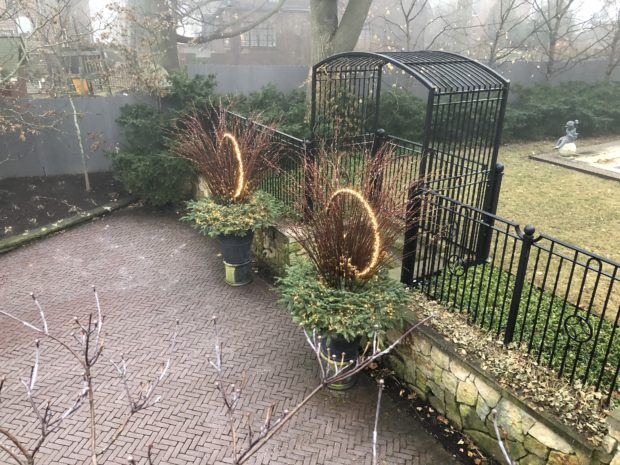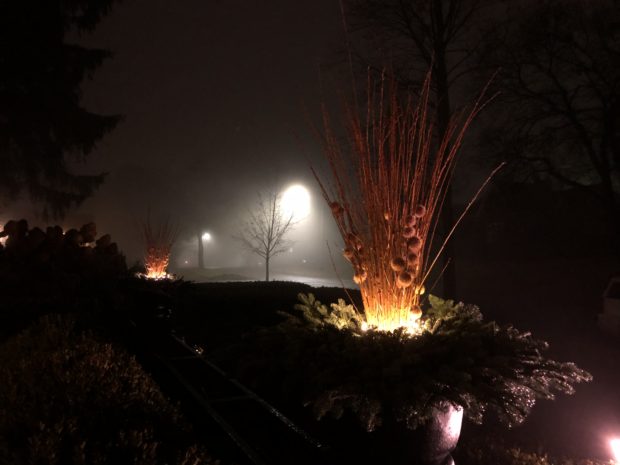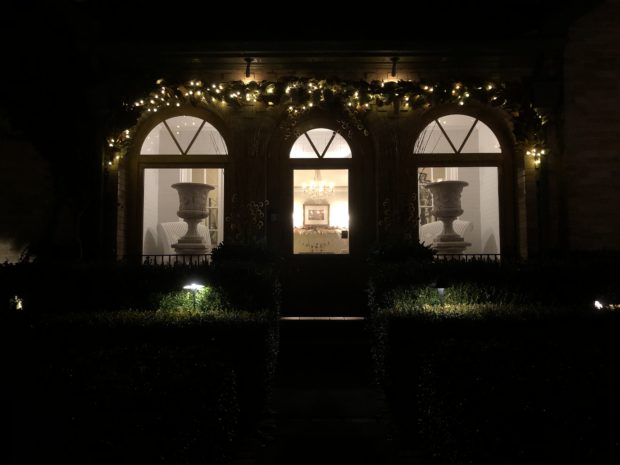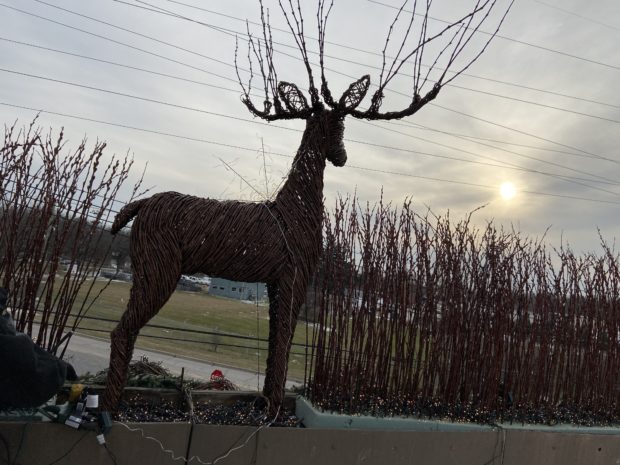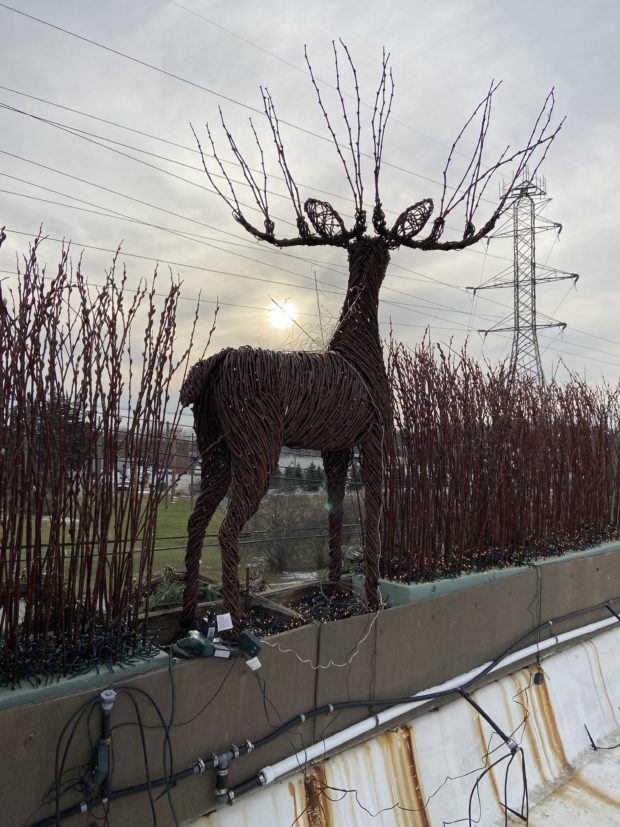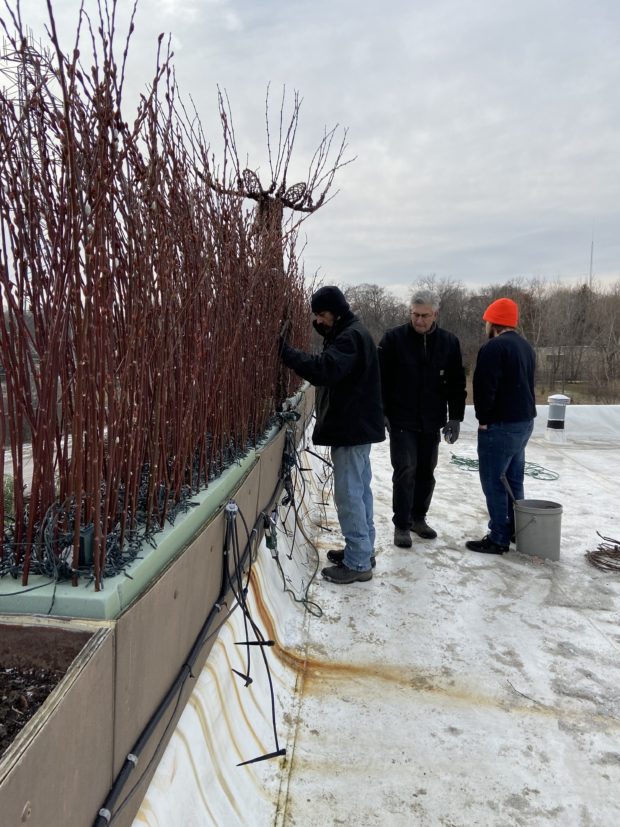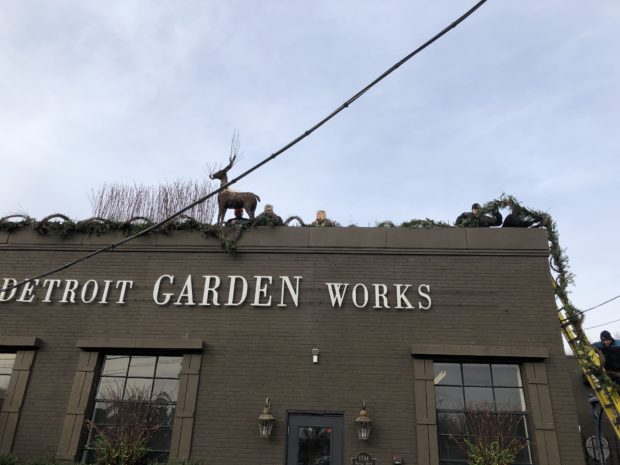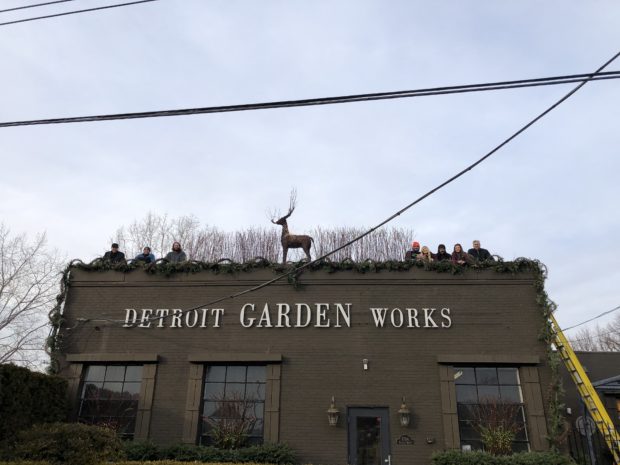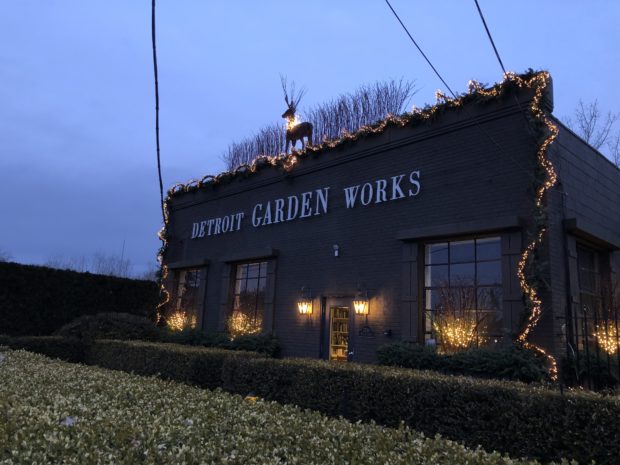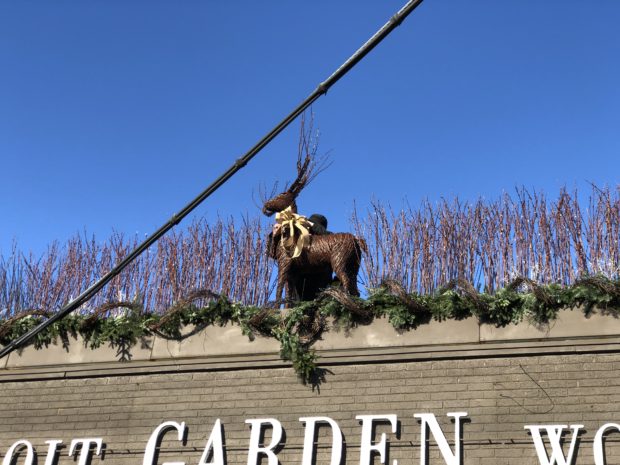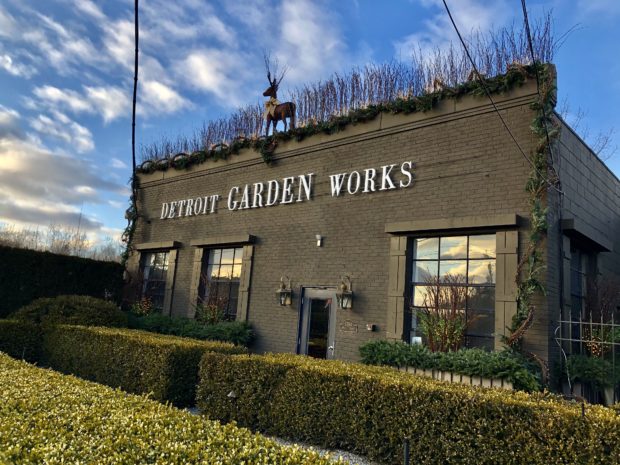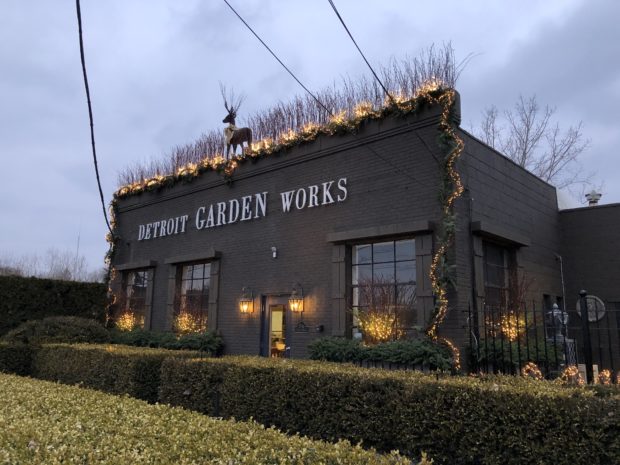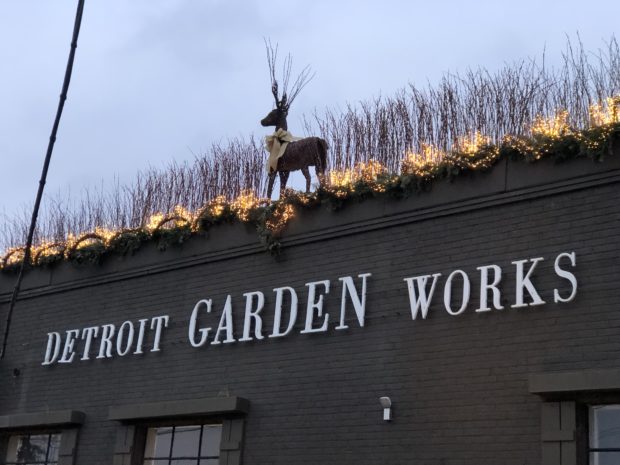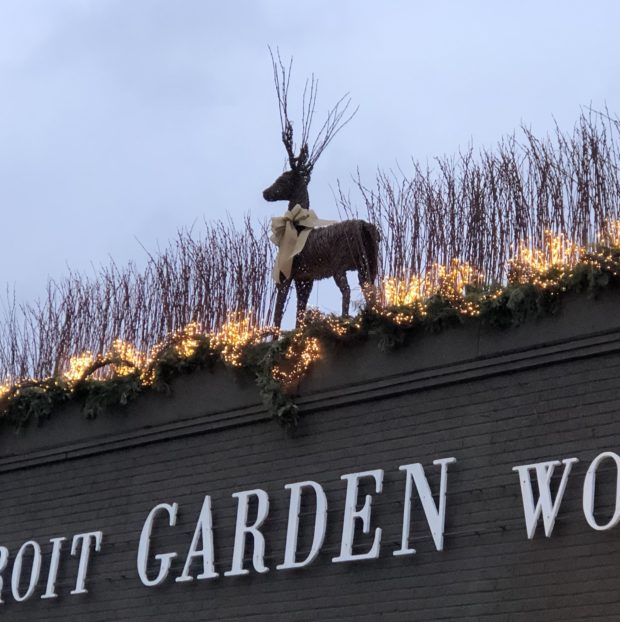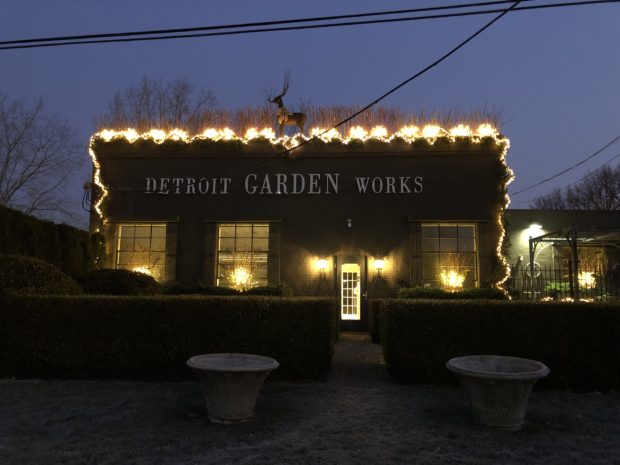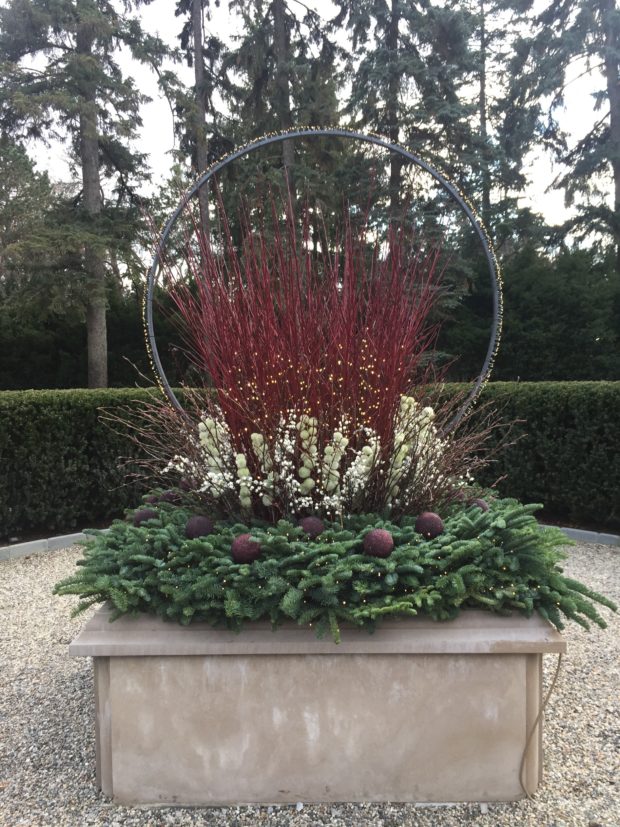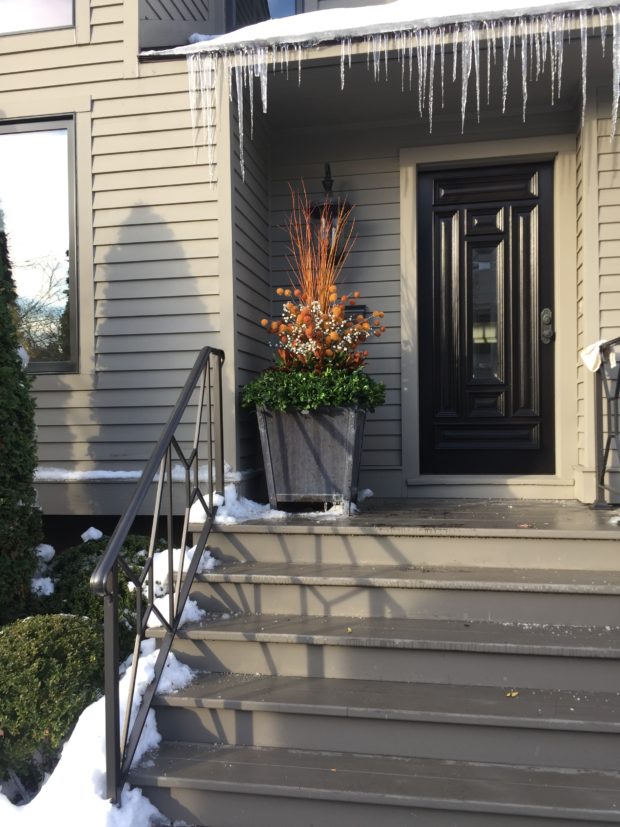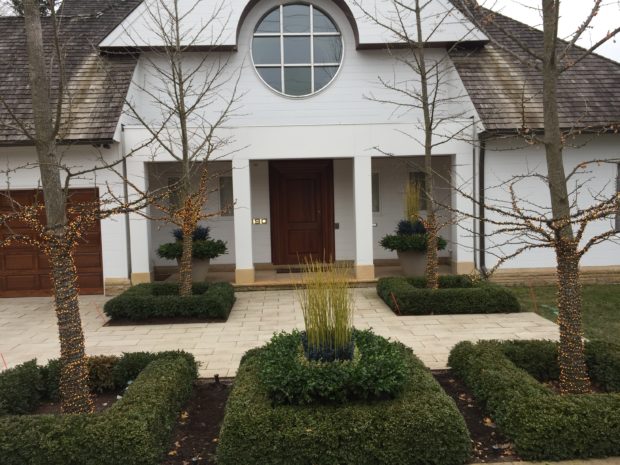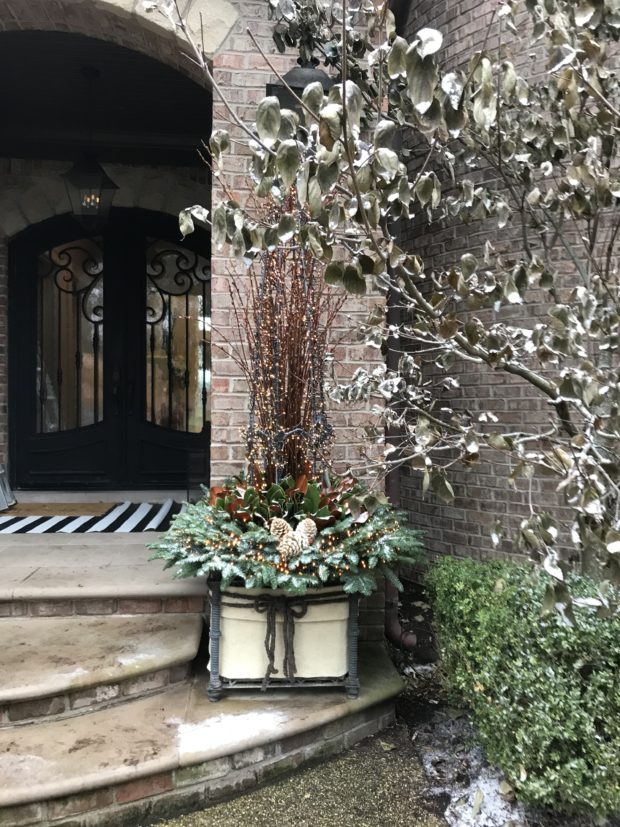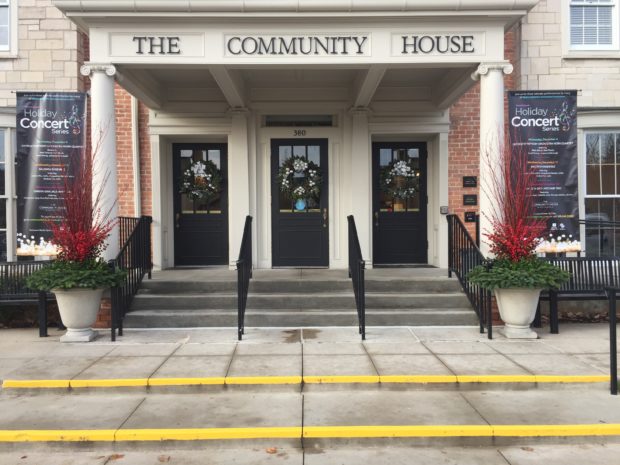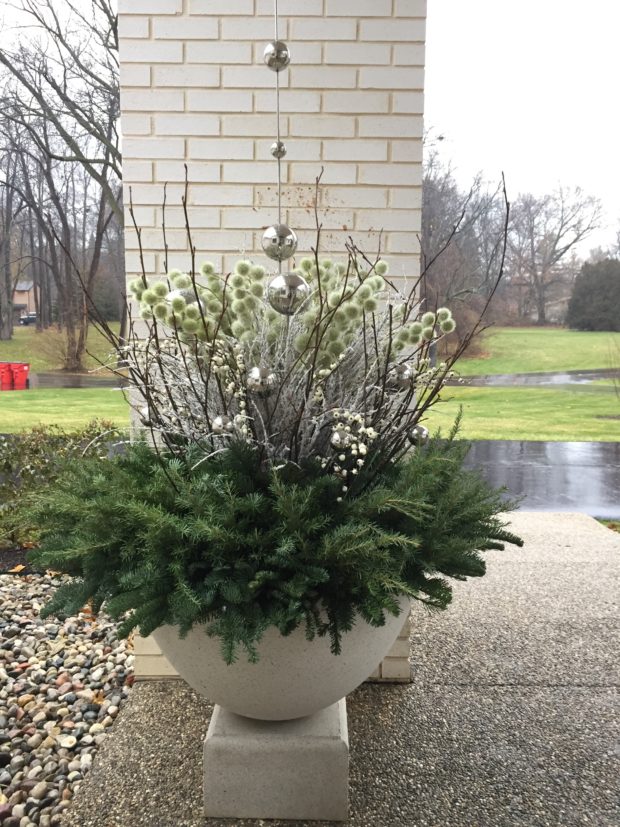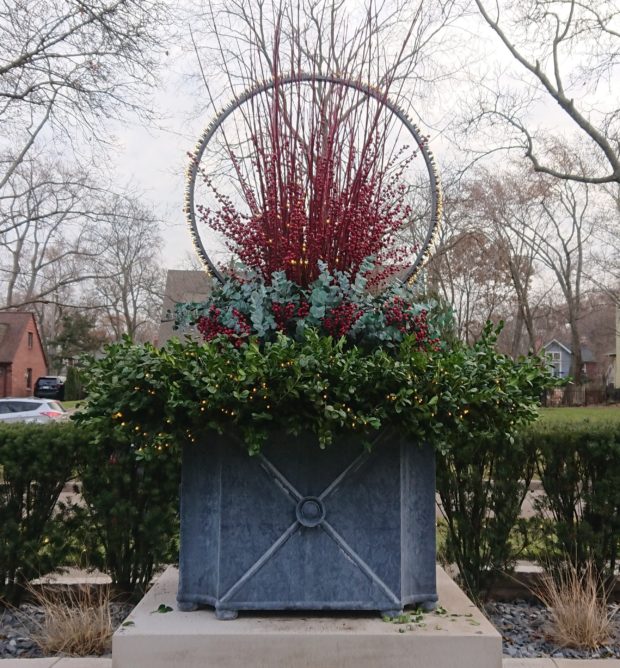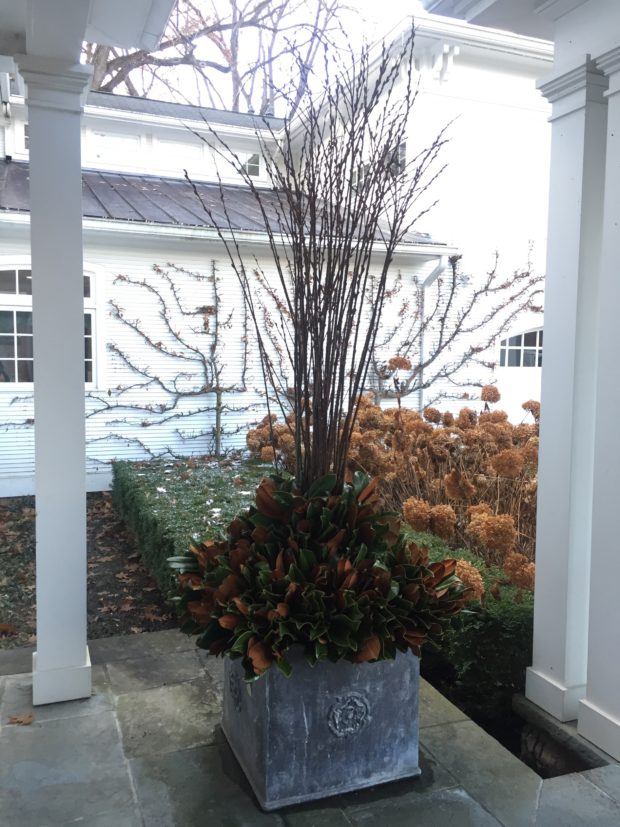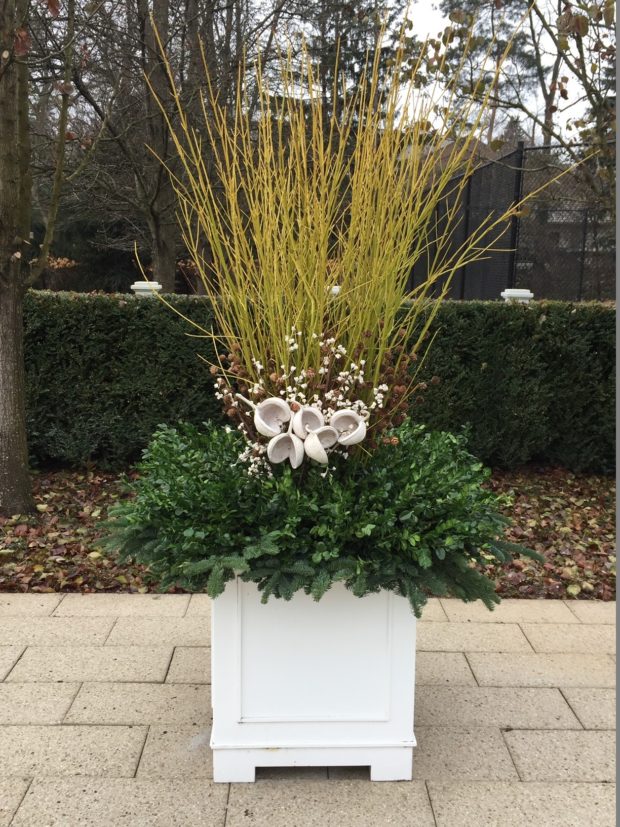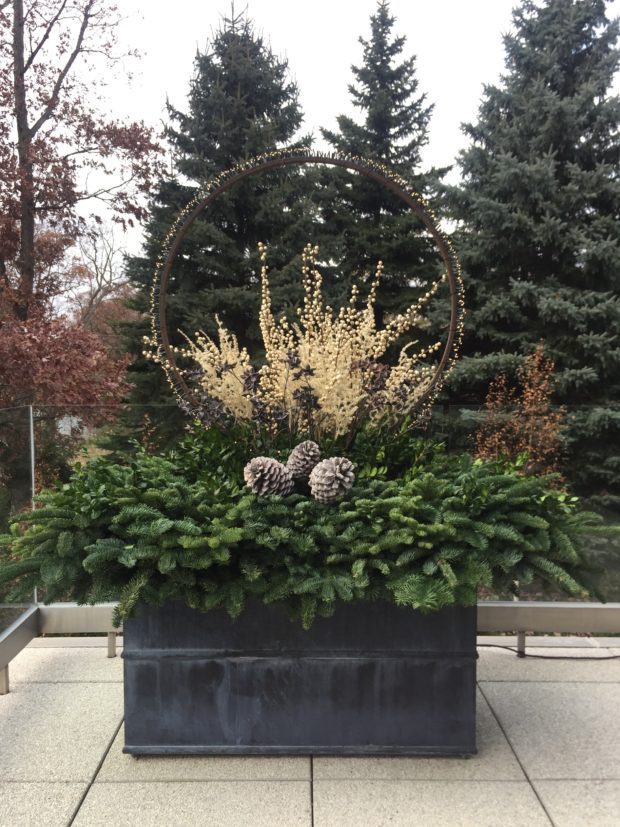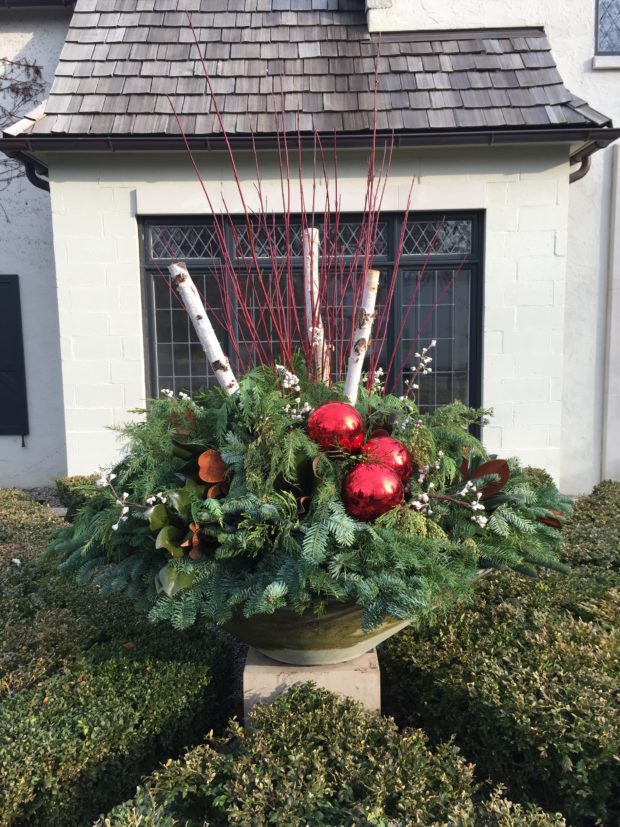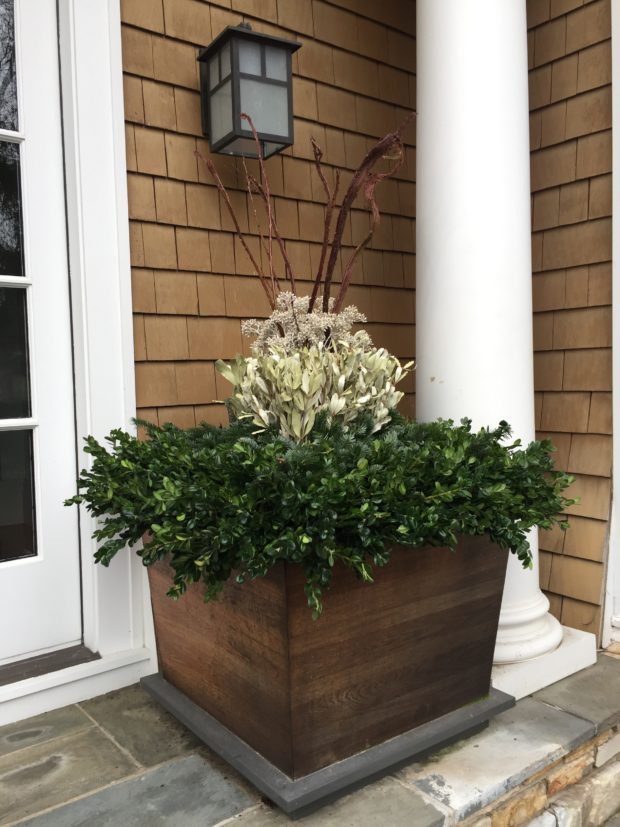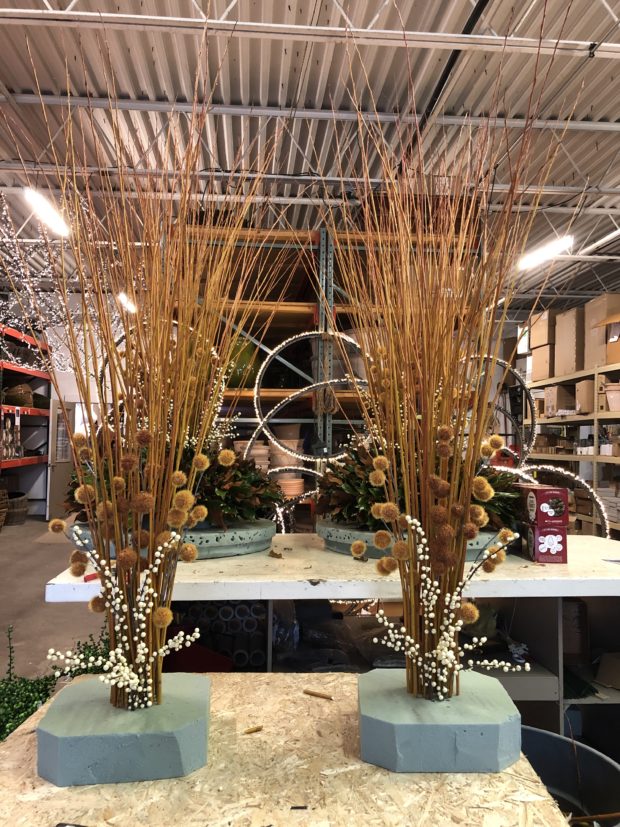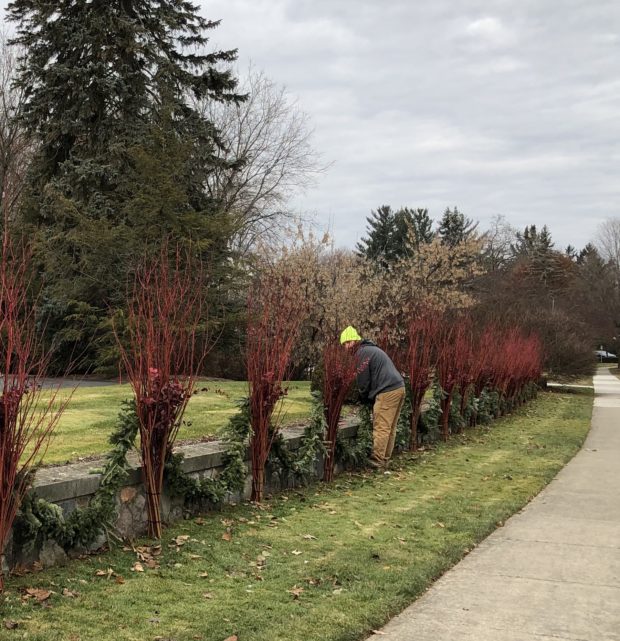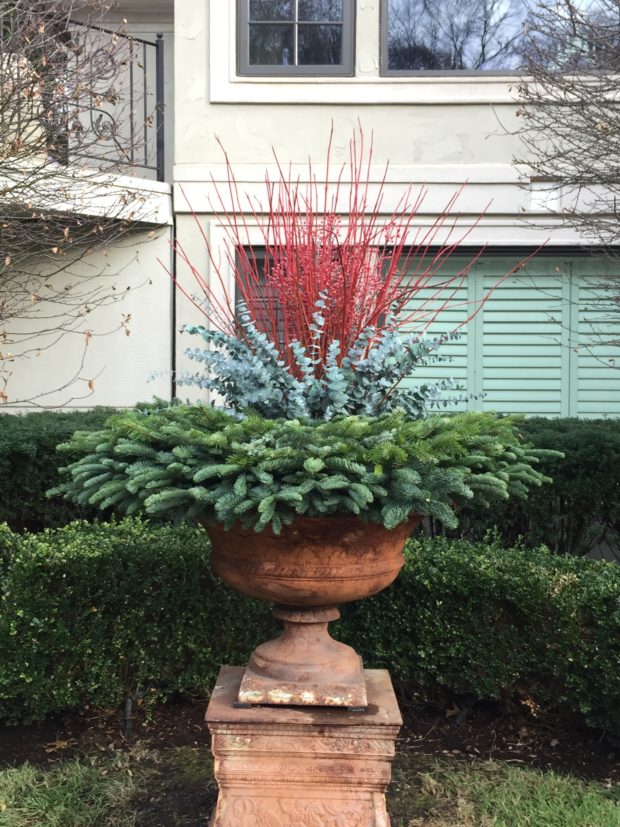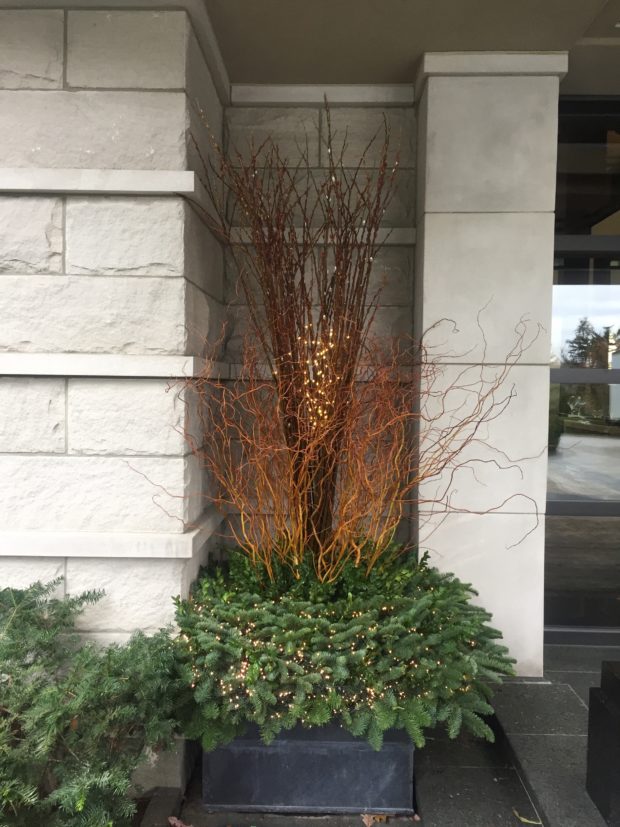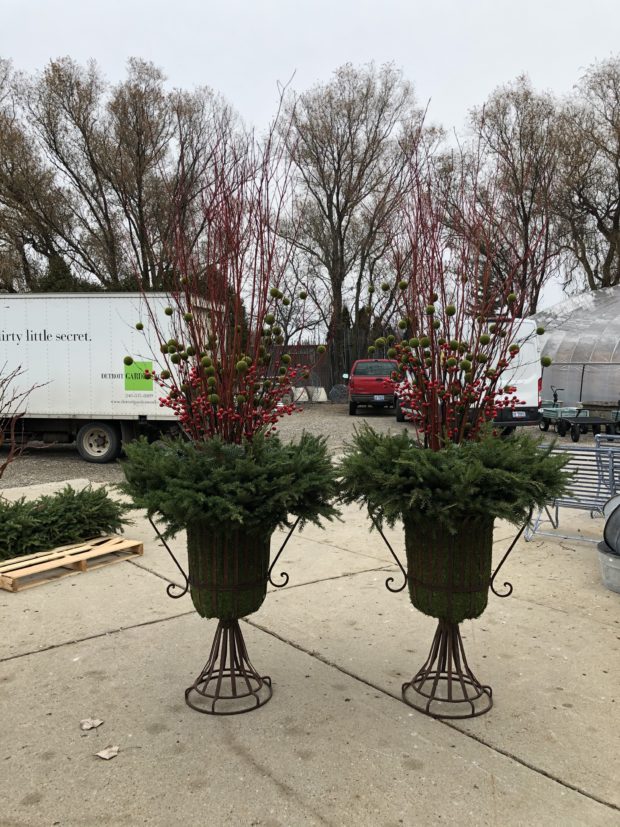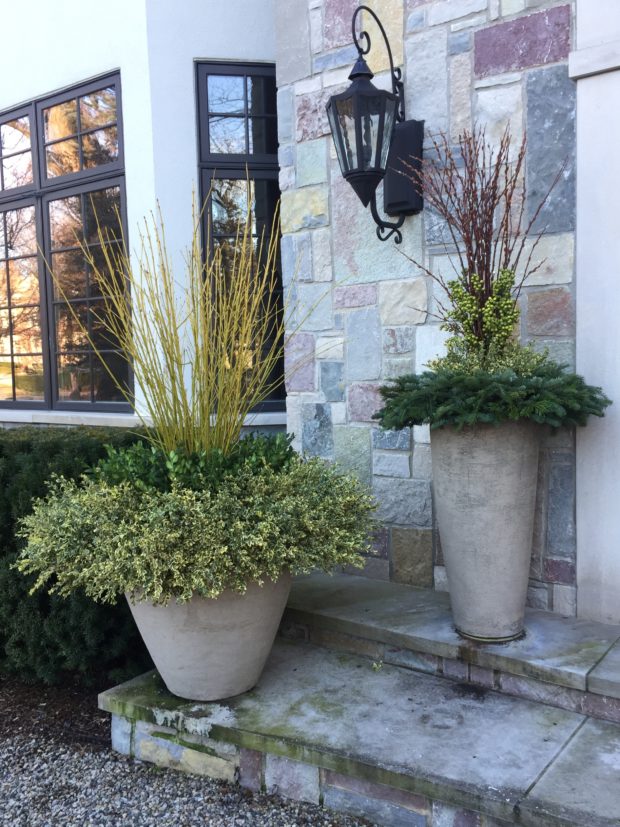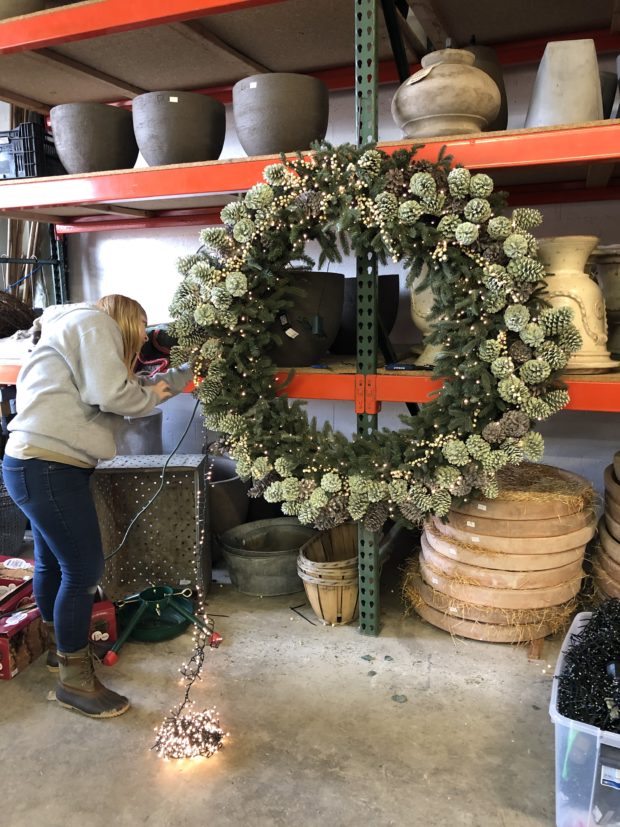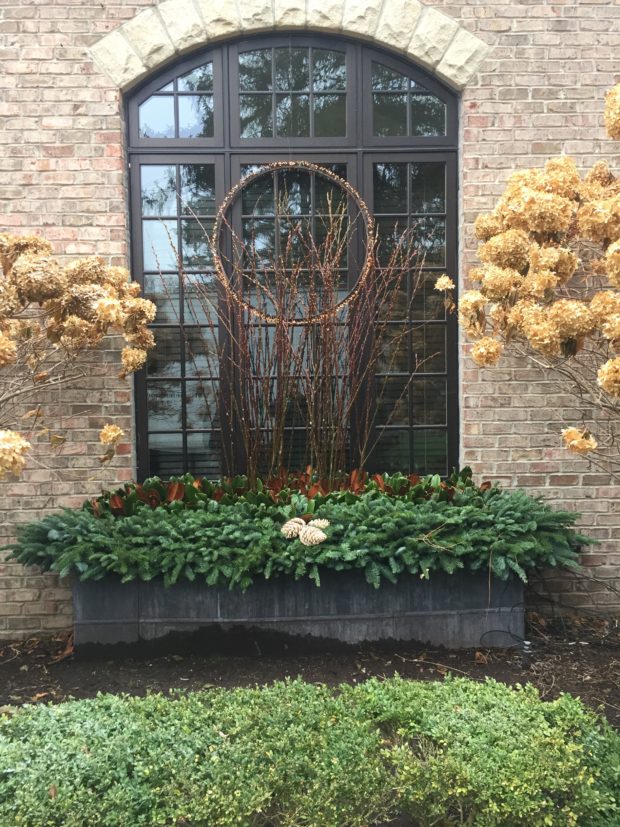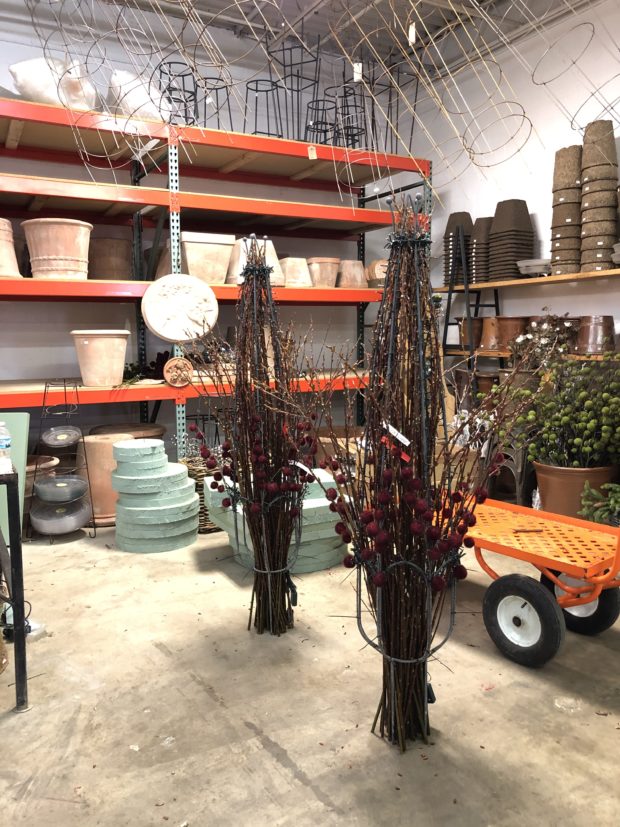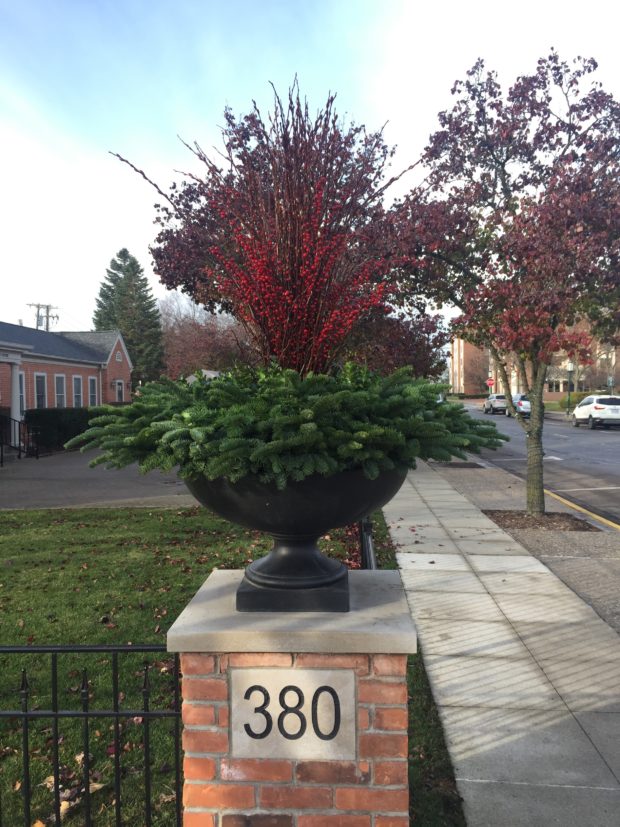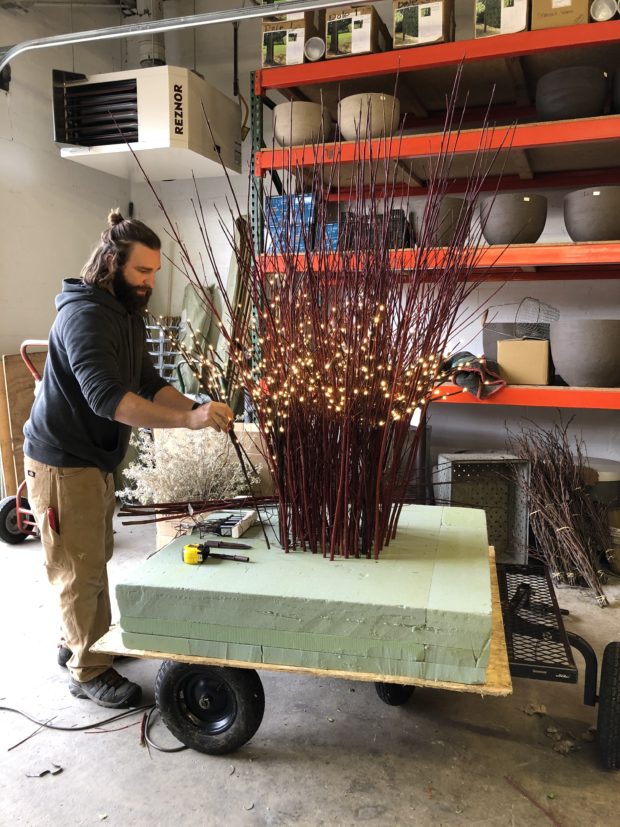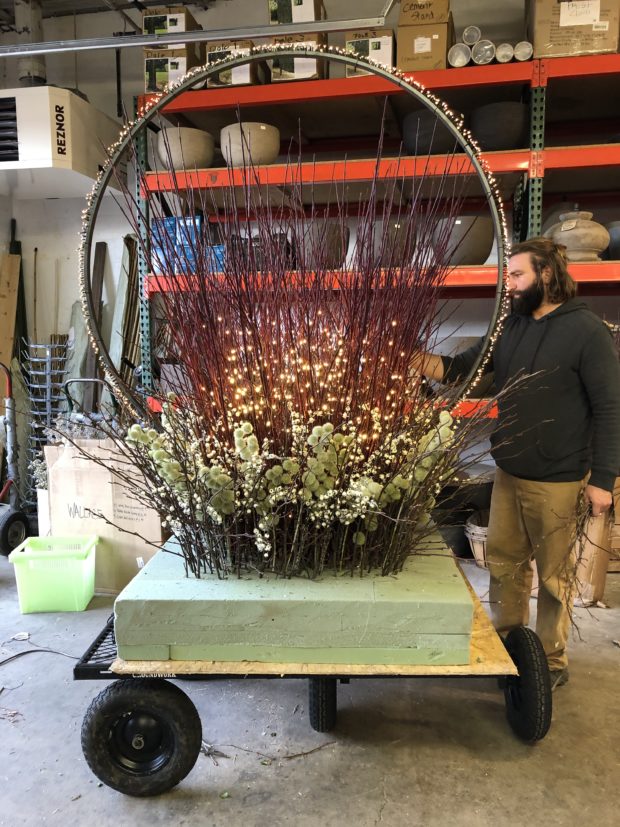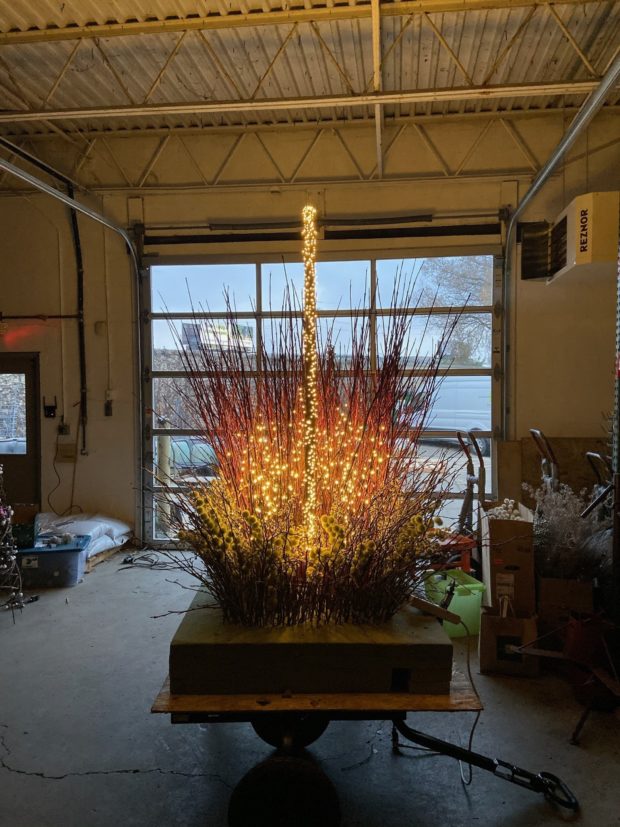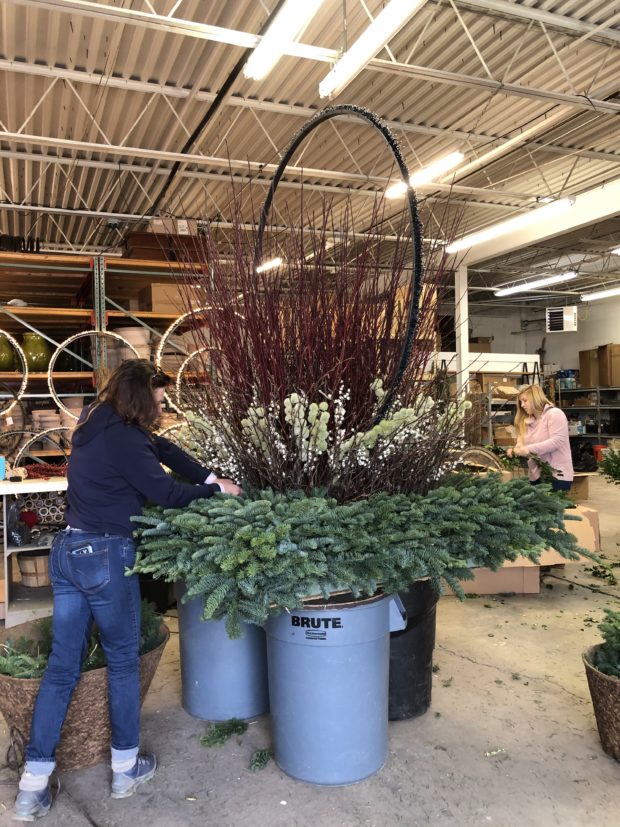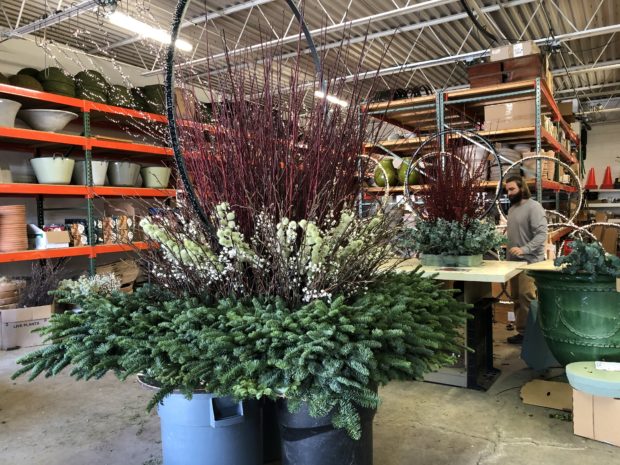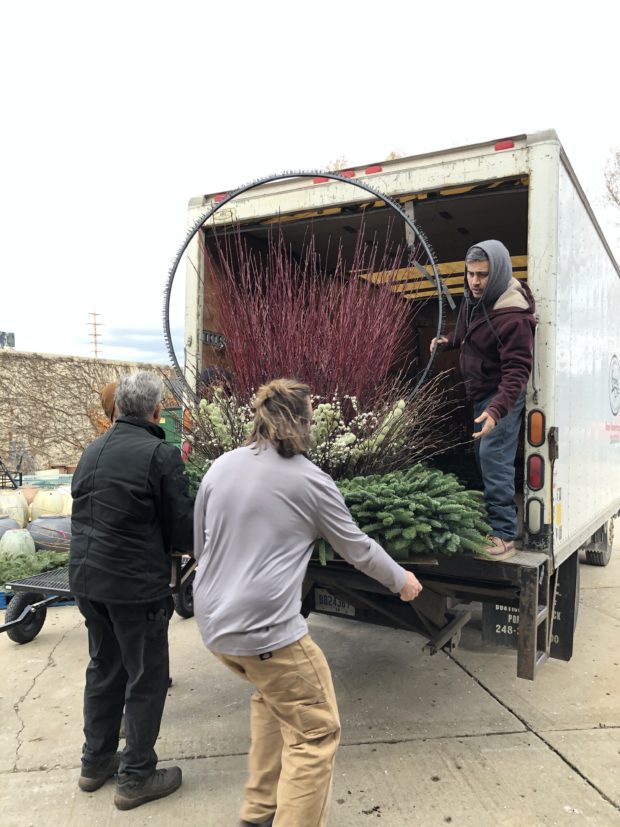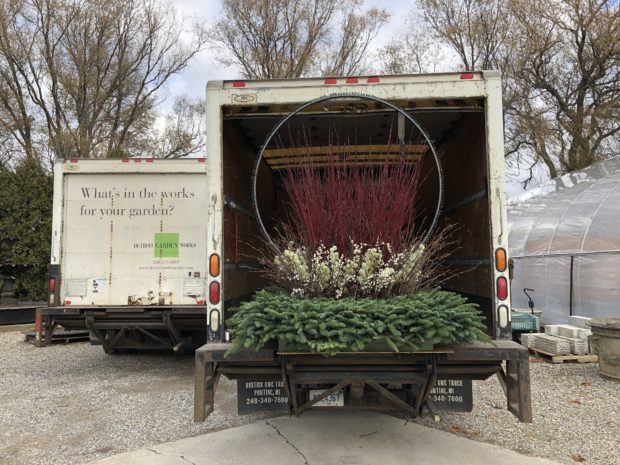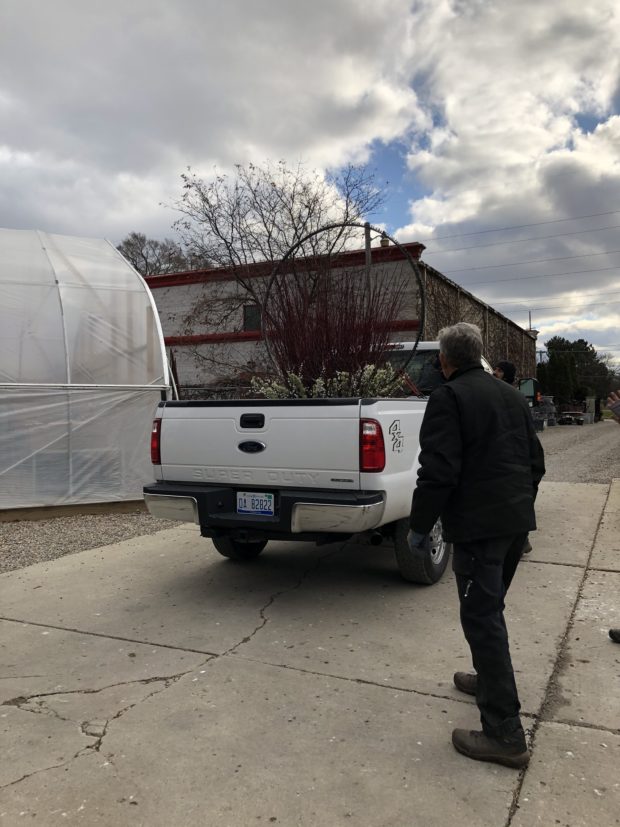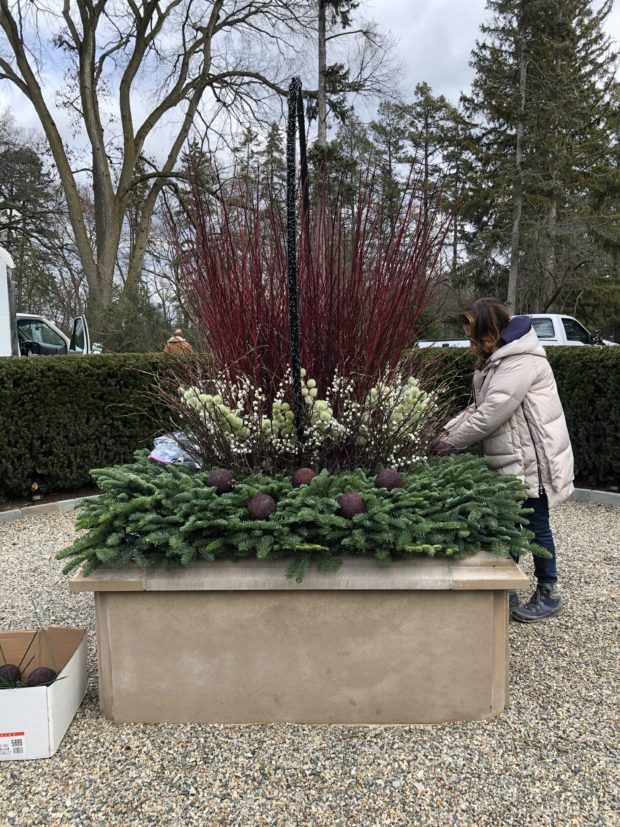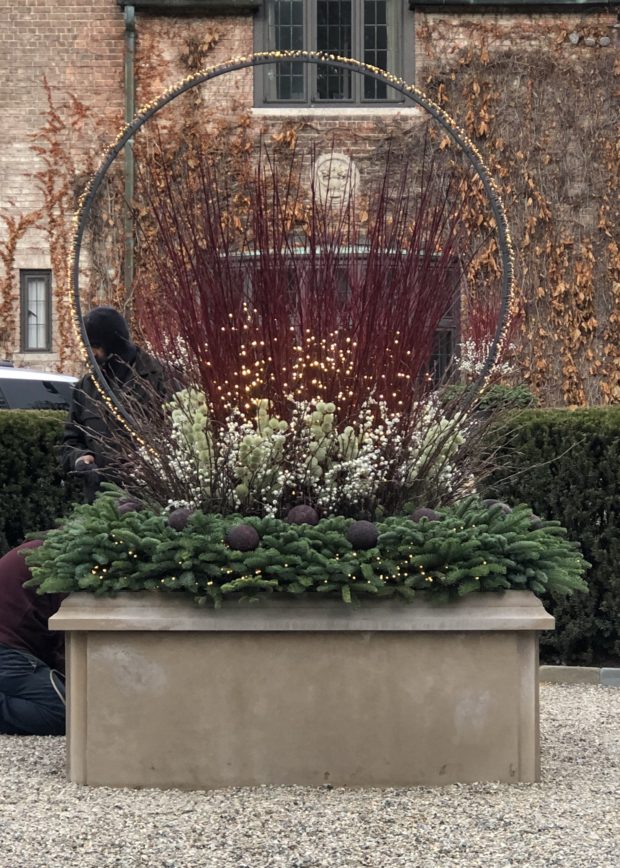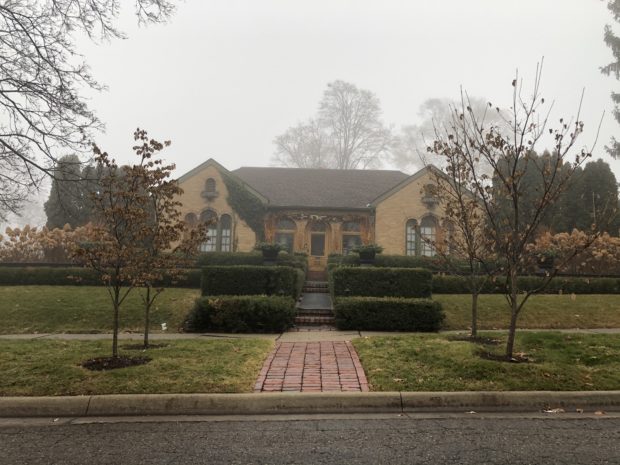 No gardener in my zone goes gently into that night we know as winter. Should you live in Georgia or Tahiti, I imagine the garden goes on year round. I am sure come mid February, I will be longing for another place to be similar to the aforementioned. Those of us in northern zones dread the inevitable. The weather goes cold. Cold enough that every deciduous plant sheds its leaves. Cold enough to deeply freeze the ground and frost it with snow. With the cold comes brief gray days, and long dark nights.. The cold and the dark has that aura of endlessness about it. It is a tunnel that takes months from which to emerge. The not gardening season has arrived.
No gardener in my zone goes gently into that night we know as winter. Should you live in Georgia or Tahiti, I imagine the garden goes on year round. I am sure come mid February, I will be longing for another place to be similar to the aforementioned. Those of us in northern zones dread the inevitable. The weather goes cold. Cold enough that every deciduous plant sheds its leaves. Cold enough to deeply freeze the ground and frost it with snow. With the cold comes brief gray days, and long dark nights.. The cold and the dark has that aura of endlessness about it. It is a tunnel that takes months from which to emerge. The not gardening season has arrived.
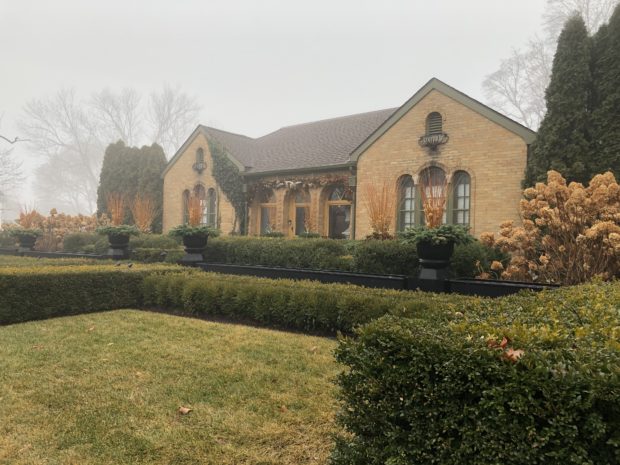 A mild December for us followed a very cold November. This means our first taste of winter is about the fog. The 40 and 50 degree daily temperatures hovering over frozen ground made for one beautifully foggy day after another. Not to mention very friendly conditions for installing winter container arrangements and lighting. The installation of pots and lighting at home come last. I was pleased that none of us were working there in 20 degree weather. The evergreens have taken on that olive/bronze winter color, as has the grass. Grass? It is a broadleaf evergreen in my winter garden.
A mild December for us followed a very cold November. This means our first taste of winter is about the fog. The 40 and 50 degree daily temperatures hovering over frozen ground made for one beautifully foggy day after another. Not to mention very friendly conditions for installing winter container arrangements and lighting. The installation of pots and lighting at home come last. I was pleased that none of us were working there in 20 degree weather. The evergreens have taken on that olive/bronze winter color, as has the grass. Grass? It is a broadleaf evergreen in my winter garden.
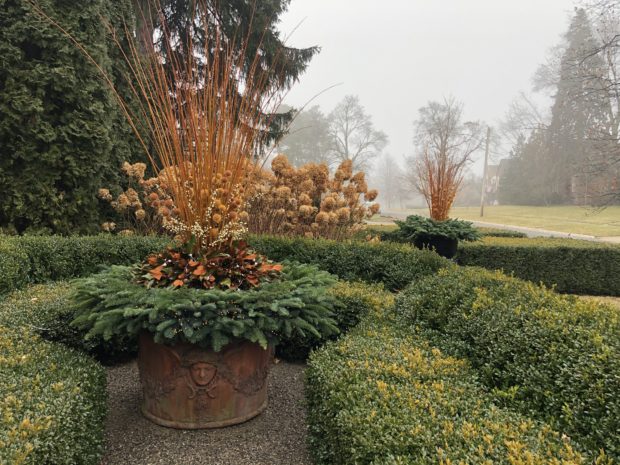 That warmer foggy weather made it so easy to take picture after picture. It also endowed all of my pictures with a color saturation that parallels my visual experience. What you see is what I saw. If you live in my neighborhood, I am sure you see me out there touring the garden routinely. Spring, summer, and fall. The winter tours go on until the snow that is deeper than my boots are tall. The foggy early winter weather has been unexpected, and exceptionally beautiful.
That warmer foggy weather made it so easy to take picture after picture. It also endowed all of my pictures with a color saturation that parallels my visual experience. What you see is what I saw. If you live in my neighborhood, I am sure you see me out there touring the garden routinely. Spring, summer, and fall. The winter tours go on until the snow that is deeper than my boots are tall. The foggy early winter weather has been unexpected, and exceptionally beautiful. 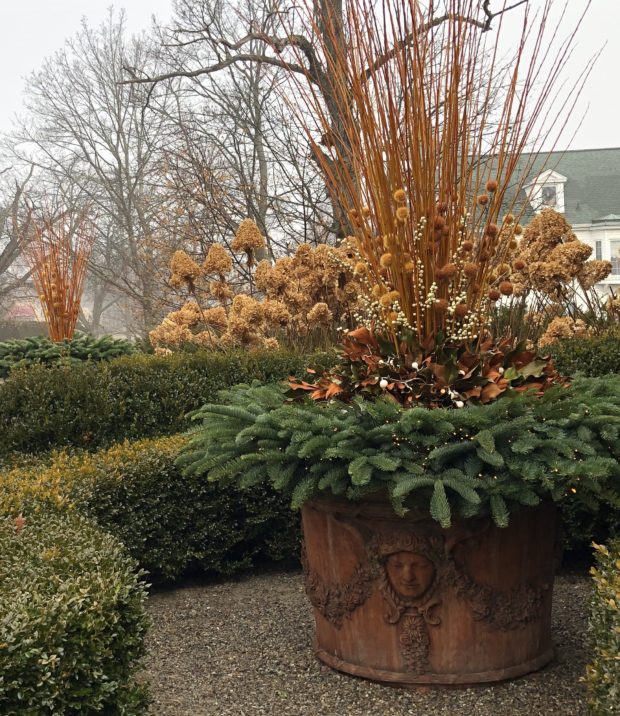
The mature flower heads of the limelight hydrangeas are spectacular right now. Funny that I have never thought that hydrangeas were worthy to plant for their winter interest, but interesting they are right now. The color and texture is a standout. The flowers will persist well into March. The color of the early winter hydrangea flowers is a version of cinnamon that is repeated in the the flame willow, and the obverse of the magnolia leaves. The pot pictured above is English made concrete in the classical Italian style. This weatherproof terra cotta wil endure the winter. All of that burnt orange color contrasts and resonates with the winter color on the boxwood. This is an unusual version of early winter that is worth savoring.
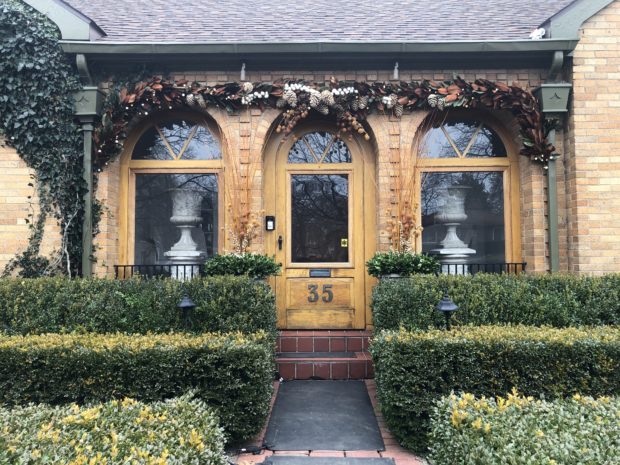 The garland over my door and porch windows will stay in place the entire winter. It will last as long as need be. It has a wintry, as opposed to holiday look.
The garland over my door and porch windows will stay in place the entire winter. It will last as long as need be. It has a wintry, as opposed to holiday look.
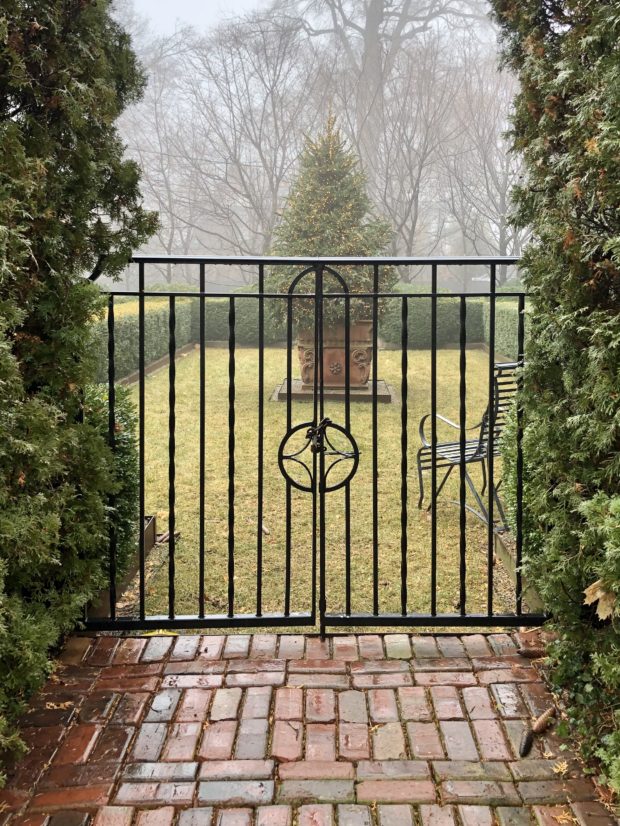 I do have a cut evergreen tree in the pot in my side yard. My crew sinks the trunk into the soil. The tree is stabilized with concrete wire guy wires attached to four pieces of steel rebar sunk into the pot. The tree is loaded with LED lights which will light up this side garden all winter long. The arborvitae in the foreground, the boxwood and the grass provide green to this scene all winter long. The bare branches of the Princeton Gold maples are sculptural-especially in this New Year fog. The brick approach, the gate, the steel edger strip, the chair and the pot are all good examples of how objects stirred into a garden mix can create a little magic, no matter the season.
I do have a cut evergreen tree in the pot in my side yard. My crew sinks the trunk into the soil. The tree is stabilized with concrete wire guy wires attached to four pieces of steel rebar sunk into the pot. The tree is loaded with LED lights which will light up this side garden all winter long. The arborvitae in the foreground, the boxwood and the grass provide green to this scene all winter long. The bare branches of the Princeton Gold maples are sculptural-especially in this New Year fog. The brick approach, the gate, the steel edger strip, the chair and the pot are all good examples of how objects stirred into a garden mix can create a little magic, no matter the season.
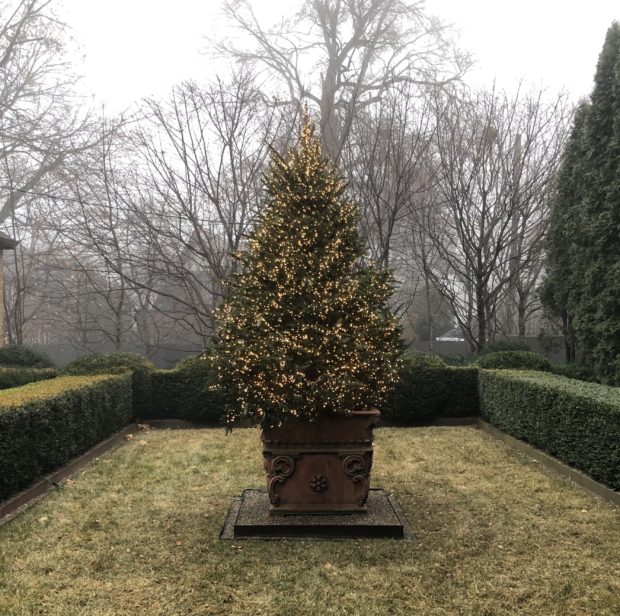 This lighted tree was a celebration indeed from before Christmas and through New Year’s. But it will keep on singing throughout the winter. Yes, I keep the lights on. I enjoy them as much during the day as I do at night. That subtle twinkle helps to stave off the gray. The daytime winter side garden view is a much muted and moody version of the summer. It seems appropriate to that season when the garden goes dormant. Once winter approaches, I am so pleased to have lots of evergreens.
This lighted tree was a celebration indeed from before Christmas and through New Year’s. But it will keep on singing throughout the winter. Yes, I keep the lights on. I enjoy them as much during the day as I do at night. That subtle twinkle helps to stave off the gray. The daytime winter side garden view is a much muted and moody version of the summer. It seems appropriate to that season when the garden goes dormant. Once winter approaches, I am so pleased to have lots of evergreens.
 I did spray all of my boxwood late this fall with VaporGard. It is an all natural product fashioned from pine resin that coats every leaf with a resinous wax. Properly applied, it stays in place all winter long. Broad leaved evergreens can suffer in a winter that is exceptionally cold and windy. Their thin broad leaves transpire with no opportunity to take up water from the roots. They can be severely damaged over the course of a bad winter. This coating helps prevent undue evaporation from the leaves. Juicy leaves are good looking and healthy leaves over the dormant season. Of course I watered my evergreens until very late in the season. That waxy coating is much better looking and more effective than burlap.
I did spray all of my boxwood late this fall with VaporGard. It is an all natural product fashioned from pine resin that coats every leaf with a resinous wax. Properly applied, it stays in place all winter long. Broad leaved evergreens can suffer in a winter that is exceptionally cold and windy. Their thin broad leaves transpire with no opportunity to take up water from the roots. They can be severely damaged over the course of a bad winter. This coating helps prevent undue evaporation from the leaves. Juicy leaves are good looking and healthy leaves over the dormant season. Of course I watered my evergreens until very late in the season. That waxy coating is much better looking and more effective than burlap.
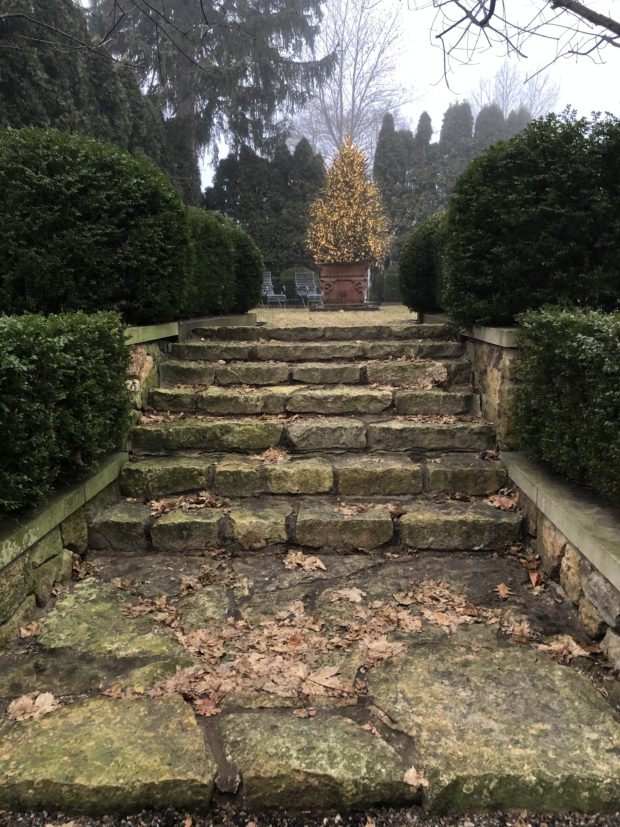 My garden is an at home real time version of nature. I am sure there are other places where the beauty of nature is more spectacular and showy, but this suits me just fine.
My garden is an at home real time version of nature. I am sure there are other places where the beauty of nature is more spectacular and showy, but this suits me just fine.
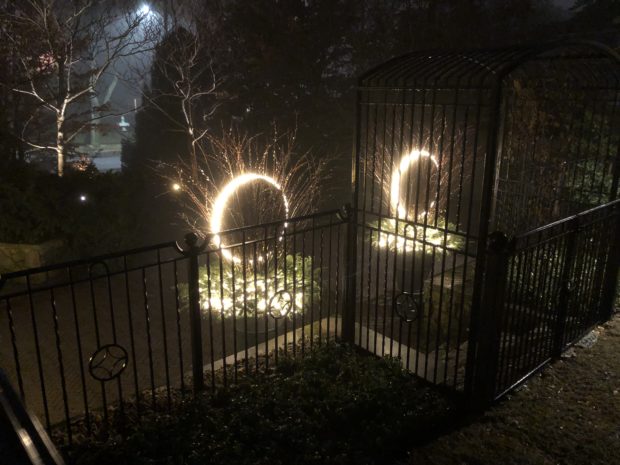 The warm temperatures have meant I have been able to tour after dark. Evening in the summer garden is a great pleasure. But an after dark experience of the winter garden is a once in a while experience. The seasonal lighting makes it easier to navigate in the dark.
The warm temperatures have meant I have been able to tour after dark. Evening in the summer garden is a great pleasure. But an after dark experience of the winter garden is a once in a while experience. The seasonal lighting makes it easier to navigate in the dark.
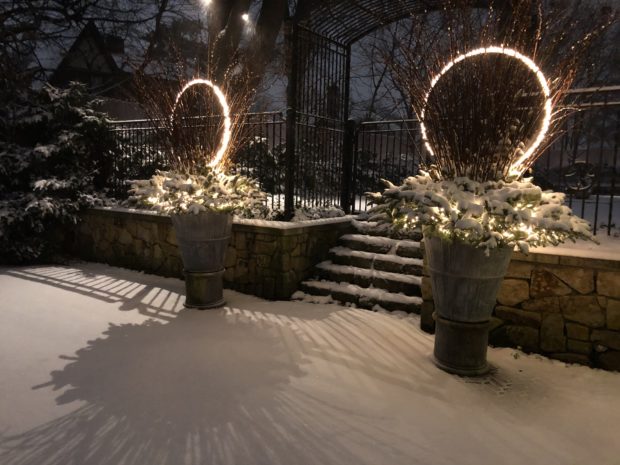 A new dusting of snow creates beautiful shadows.
A new dusting of snow creates beautiful shadows.
 This container lights the stairs from the deck down into to the back yard at night. Of course I would want it to look good during the day. Those tall twigs are Japanese fan willow. The short brushy twigs? alder.
This container lights the stairs from the deck down into to the back yard at night. Of course I would want it to look good during the day. Those tall twigs are Japanese fan willow. The short brushy twigs? alder.
 I can see my way at night going up and down. Milo is on the upper and I am on the lower. Such is our evening outing. He is on the elderly side now, so some of my tours he waits out. I can hear him barking for me, no matter where I am in the yard.
I can see my way at night going up and down. Milo is on the upper and I am on the lower. Such is our evening outing. He is on the elderly side now, so some of my tours he waits out. I can hear him barking for me, no matter where I am in the yard.
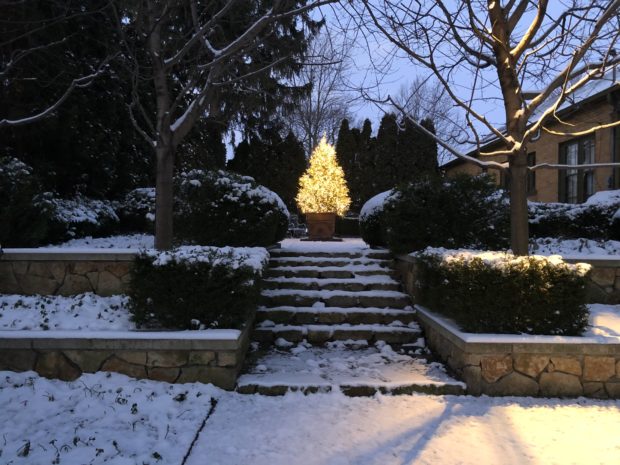 The lighted tree in the side garden tells a different tale every hour of the day and night. At dusk it begins to glow.
The lighted tree in the side garden tells a different tale every hour of the day and night. At dusk it begins to glow.
 The Welsh poet Dylan Thomas wrote a poem called “Do not go gentle into that good night” in 1947. Pictured above is my garden sculpture version of that poem.
The Welsh poet Dylan Thomas wrote a poem called “Do not go gentle into that good night” in 1947. Pictured above is my garden sculpture version of that poem.
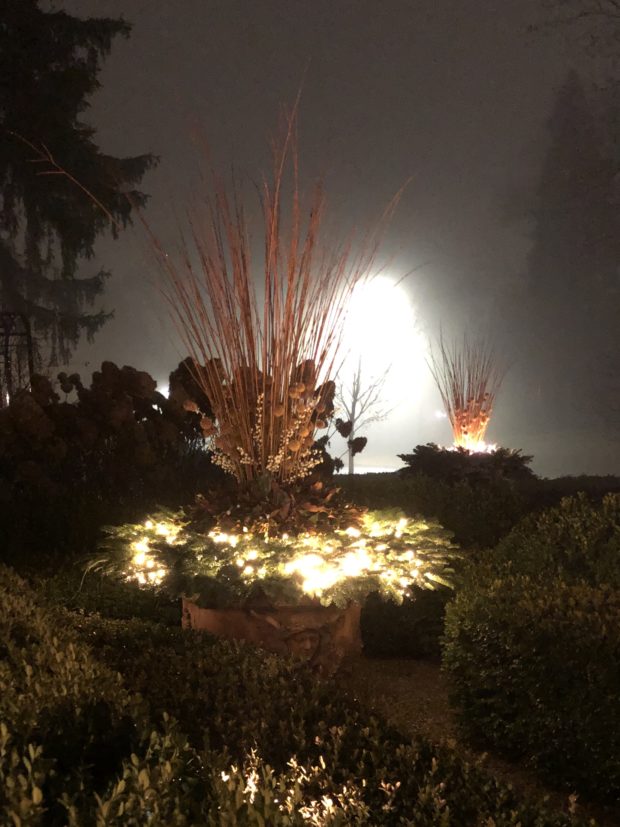 lighted pots in the front yard after dark
lighted pots in the front yard after dark
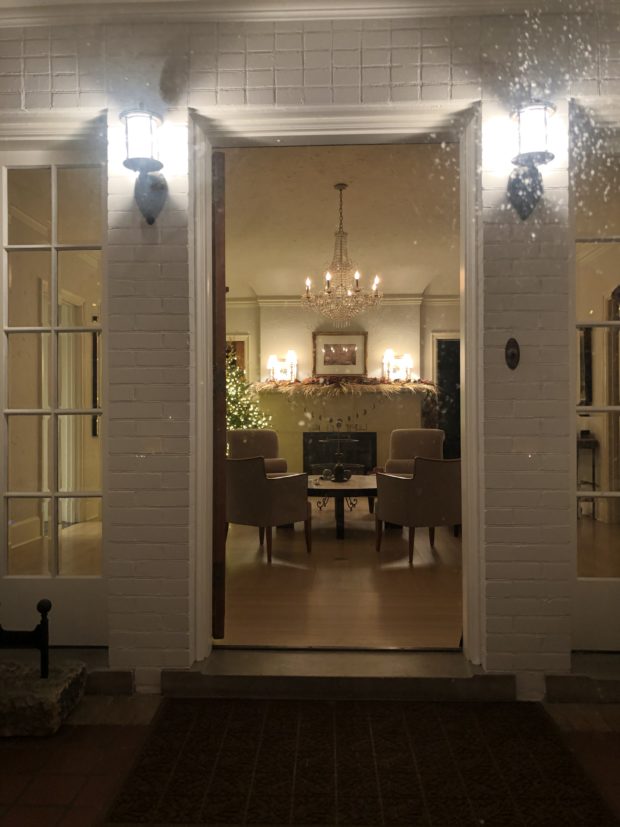 Eventually I ended up inside the front porch.
Eventually I ended up inside the front porch.

